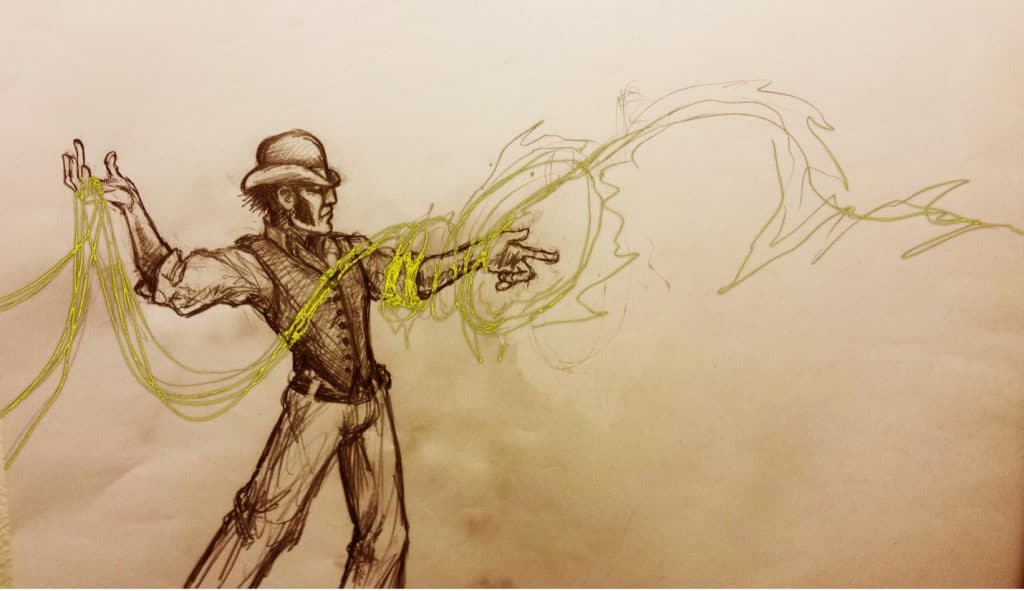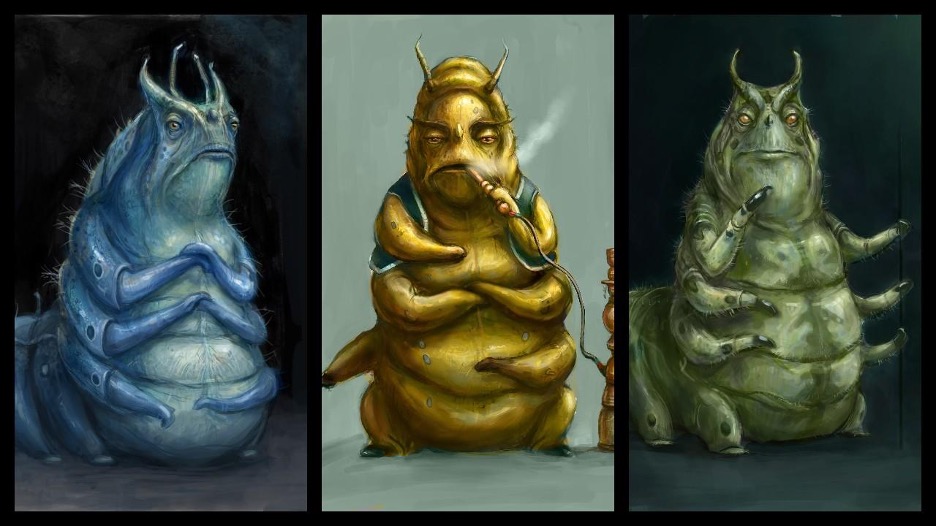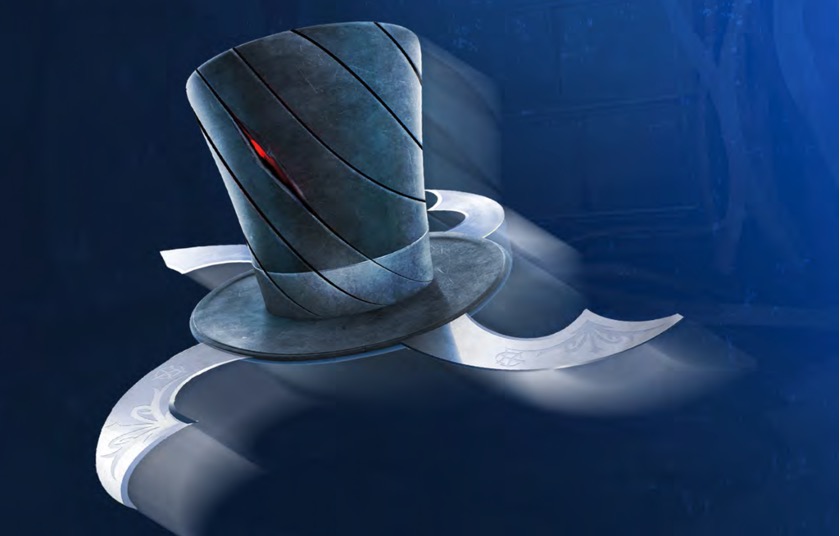20 Years Through the Looking Glass: A Tribute To a visionary Editor and Agent
Greetings, Wonderlandians and literary aficionados! As I stand at the precipice of time's ever-turning pages, I mark a momentous occasion. Two decades have flown since a fateful encounter with a guiding star, my editor, Cally Poplak of Egmont Books – the true White Queen of editorial wisdom. It took a mere year under her meticulous gaze for my narrative to transform from a manuscript into a published book.
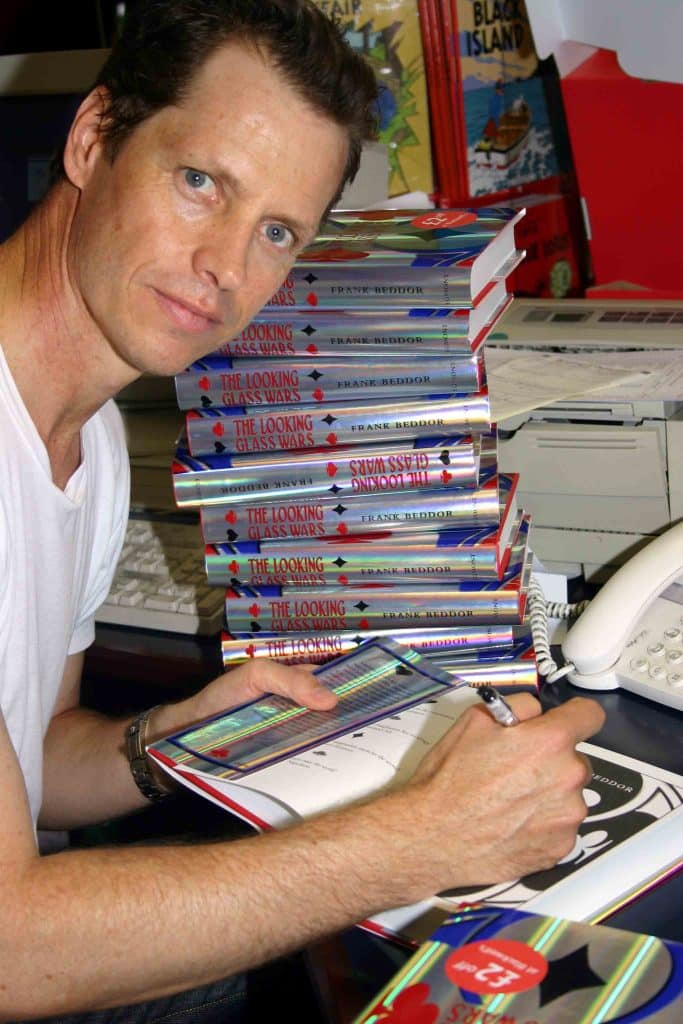
In the sprawling labyrinth reminiscent of Wonderland's enigmatic pathways, Cally emerged as my beacon. In an era dominated by traditional notions, her decision to champion the voice of an American storyteller seemed as audacious as challenging the Red Queen to a game of chess.
The rejections from American publishers stacked up, much like the mysterious riddles of Wonderland's denizens. Yet, it was Cally's unwavering faith that guided my story out of the shadows. Her words have always held a touch of magic, a dash of praise that ignited confidence and propelled me to push boundaries. With a keen eye for perfection, she knew how to nudge me in the direction of my best work.
From Cally’s first editorial letter:
"Keep in hand my letter of Sept. 8th, 2003, to remind you of all that is brilliant about this exceptional script and keep in mind the fact that this is your book, Frank, so you should only accept suggestions that are in tune with your vision, your voice. I am just a perfectionist who wants to ensure the book we publish for you is the best it can possibly be, and I do think I can push you a little further. Also, you did mention wanting a hands-on editor..."
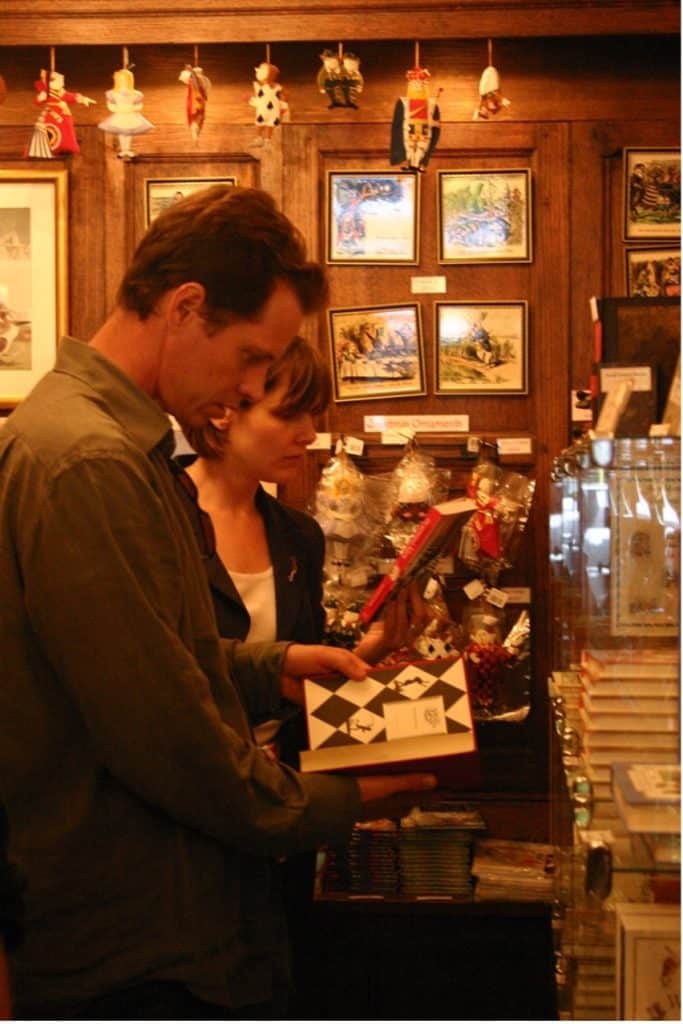
With that began our illustrious journey, draft after draft, passage by passage, line by line, under the meticulous scrutiny of Cally's ever-pruning pencil. But one remark, sharp as the Jabberwocky's tooth, still stands out even after two decades, a gentle jibe that stung, yet was irrefutably true:
"It is evident that you have done an enormous amount of research for the story and that you have an entire world in your head and the backstory for each character. But, be tough on yourself, Frank: are you including a piece of information because it moves the story on or because it's an opportunity to demonstrate the depth of your research?" Then, with a blow softened only by its accuracy, she continued, "The research and back-stories are what give your fantasy its integrity and authority, forming its invisible foundations but, to be brutally honest, when immersed in a book, the reader DOESN'T CARE ABOUT THE HARD WORK YOU PUT INTO WRITING THE STORY. They just want to know what happens next."
Her words, though a jolt to my pride, were a necessary awakening. It was through such honest feedback that Cally helped shape not just a manuscript but this wanna-be author's understanding of his audience. "Show, don't tell. Let your splendid characters and actions assert themselves. Trust them, Frank," she would often emphasize.
Reflecting on this Looking Glass journey, I tip my top hat to mentorship, to champions who dare to dream beyond the ordinary, and to visionaries like Cally who see potential in the heart of creator’s imagination. More than an editor, she was the guiding North Star, leading a tale from the wilds of Wonderland to the hearts of readers.
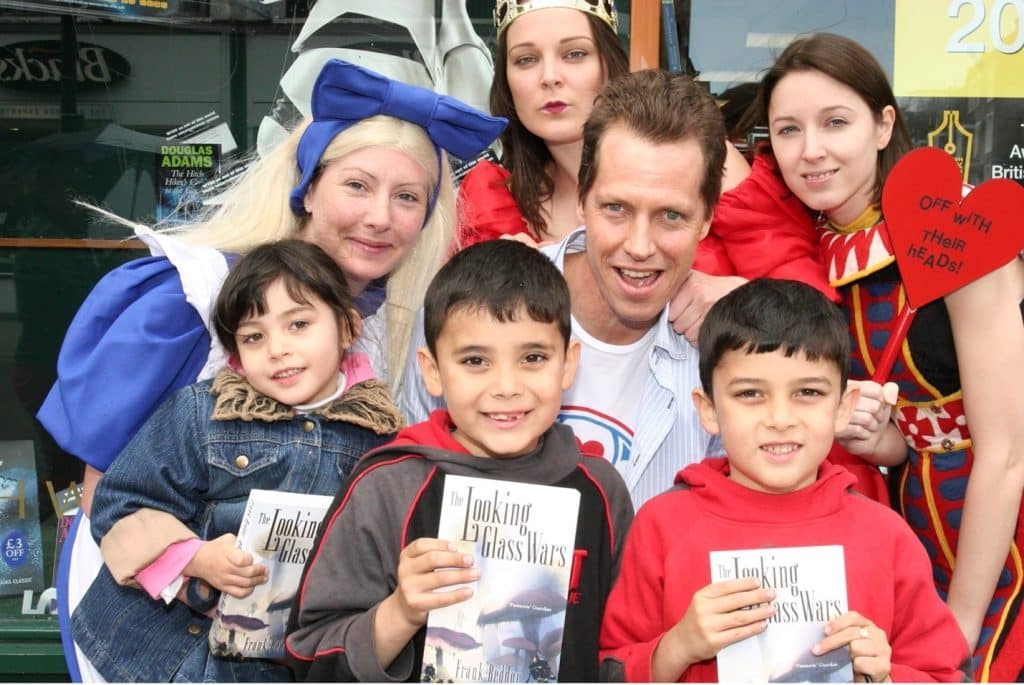
Our journey was a collaborative dance, a beautiful synchronization of creativity and meticulous editing. Cally's hands-on approach was exactly what I needed – a partner who shared my dedication to excellence and a mentor who was unafraid to push me further. Her faith in my potential, her unwavering encouragement, and her ability to see the story's essence were the driving forces behind the book's enduring impact.
Having pruned all 358 pages of The Looking Glass Wars, Cally’s editorial letter delivered the pitch perfect closing paragraph:
“Frank, this letter may seem overwhelming, but an awful lot of my comments are very minor line edits (and this is a long script) and NOTHING IS MANDATORY. Don’t feel you have to explain any suggestions you don’t want to take on board, but let’s talk once you have had time to digest everything. Also, I hope you notice all the ticks marking favourite passages. If I’d listed those, too, the letter would have been twice as long. So, congratulations once again. I am longing for all my colleagues to read the final script, because I know they’ll be as dazzled as I am, and then the really important people – your future fans.”
In the tapestry of my literary journey, Cally-the-pedant, and her pruning pencil
remain irreplaceable, and as I type these words, my heart swells with an immeasurable depth of gratitude for her involvement, forever altering the course of my narrative life.
But before Cally Poplak, there was Barbara Marshall, my agent — the indomitable force from the city that never sleeps, who took London by storm. Her energy was quintessentially New Yorker - bold, relentless, and always a step ahead. I sometimes wondered if she had an internal compass that unerringly pointed toward success, or perhaps just an innate knack for sensing where the next big opportunity lay.
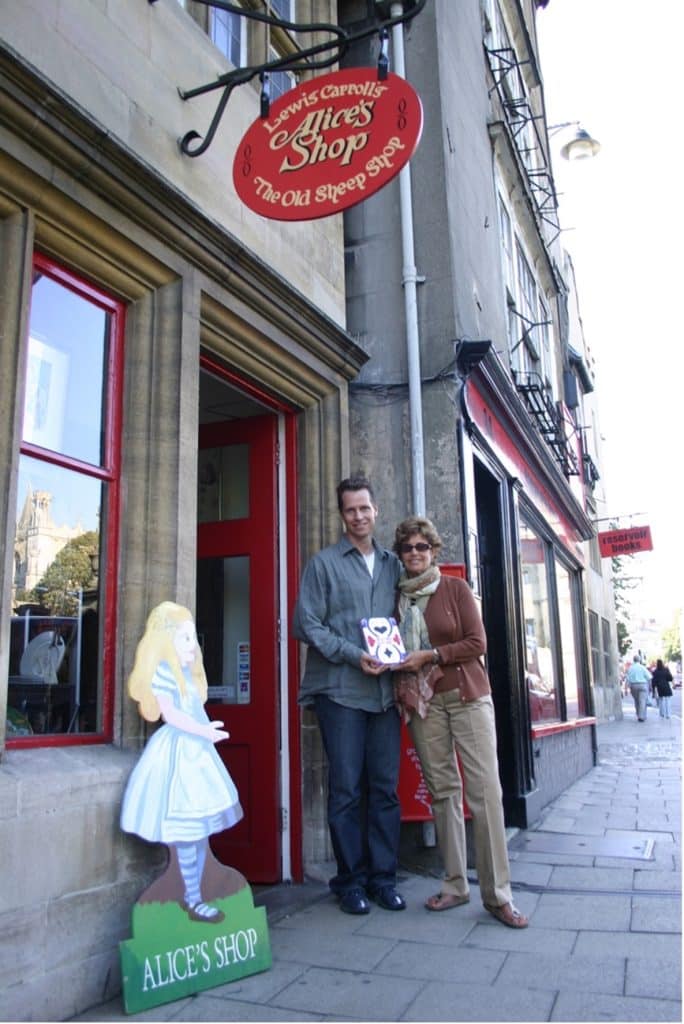
Barbara was never one to back down. In the daunting maze of the publishing industry, she was my guide, my advocate, and my unwavering champion. Securing that pivotal meeting with Cally was no mere stroke of luck; it was Barbara's foresight and tenacity.
Her expertise truly shone during the negotiation phase with Egmont, one of the U.K.'s publishing stalwarts. While they held firm on certain clauses, Barbara's adept navigation ensured that our interests were never sidelined. Her comforting note to me during these intense discussions: "Not to worry. They have their standard clauses, and we have our particular requirements and we will find a way through it." And find a way, she did.
Barbara not only secured for me one of the most significant advances Egmont had ever awarded at the time, but she had another ace up her sleeve. Unbeknownst to me, she had also kindled interest from two other publishing companies. Her ability to keep multiple irons in the fire while ensuring the best possible outcome for her client is a testament to her unparalleled proficiency.

And oh, the bidding war! With the success of our Egmont deal as her rallying banner, Barbara orchestrated a masterclass in negotiation, pitting giants Penguin and Random House against each other for US. Rights. To say Barbara is a mere agent is an understatement. She's a friend, a visionary, a trailblazer, and above all, a fierce guardian of her authors' dreams.
To these incredible women who championed my vision, my tales, and the world of Wonderland I wanted to share, I tip my hat. Our collective journey mirrors the adventures of Wonderland: unpredictable, thrilling, and utterly transformative.

